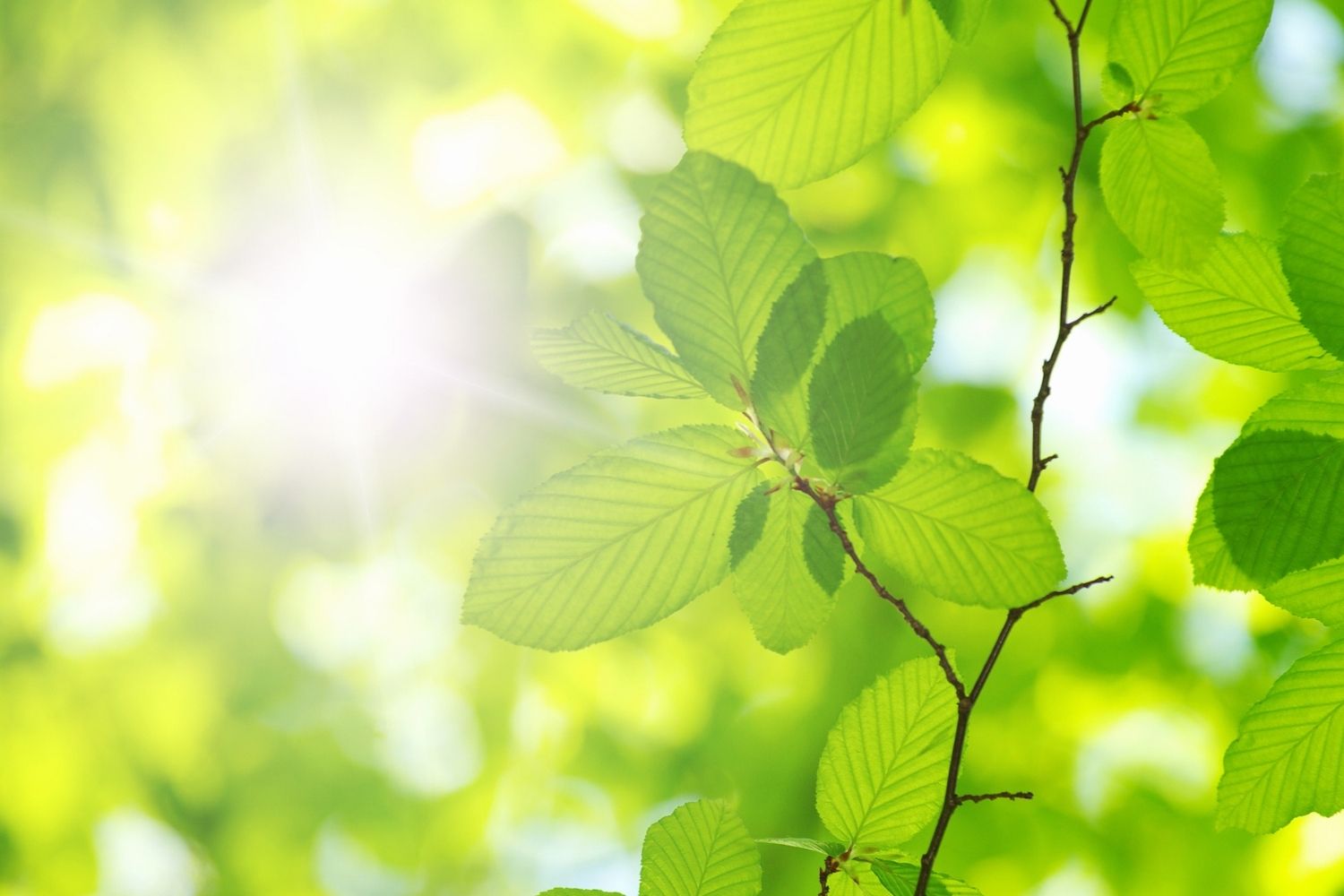
Primary producers are the unsung heroes of our planet. They form the base of the food chain, converting sunlight into energy through photosynthesis. Without them, life as we know it wouldn't exist. But what exactly makes these organisms so vital? Primary producers include plants, algae, and some bacteria. They not only provide food for herbivores but also produce oxygen, which is essential for most life forms. Understanding their role helps us appreciate the delicate balance of ecosystems. Ready to dive into some fascinating facts about these incredible organisms? Let's explore the world of primary producers and their crucial contributions to our environment.
What is a Primary Producer?
Primary producers are organisms that create their own food using sunlight, water, and carbon dioxide through photosynthesis. They form the base of the food chain, providing energy for all other living beings.
-
Plants are the most common primary producers. They use chlorophyll to capture sunlight and convert it into energy.
-
Algae also play a crucial role as primary producers, especially in aquatic environments. They produce a significant portion of the world's oxygen.
-
Phytoplankton are microscopic primary producers found in oceans. They are essential for marine ecosystems.
-
Cyanobacteria, also known as blue-green algae, are among the oldest primary producers on Earth. They have been around for billions of years.
-
Chemosynthetic bacteria can produce food without sunlight. They use chemicals like hydrogen sulfide to create energy, often found in deep-sea vents.
Importance of Primary Producers
Primary producers are vital for the survival of ecosystems. They provide the energy and oxygen needed for other organisms to thrive.
-
Oxygen production is one of the most critical roles of primary producers. Through photosynthesis, they release oxygen into the atmosphere.
-
Carbon dioxide absorption helps mitigate climate change. Primary producers absorb CO2, reducing greenhouse gases.
-
Food source for herbivores and omnivores. Without primary producers, the food chain would collapse.
-
Habitat creation is another essential function. Plants and algae provide shelter and breeding grounds for various species.
-
Soil fertility is enhanced by primary producers. Plants add organic matter to the soil, improving its quality.
Types of Primary Producers
Different environments have different primary producers. Each type plays a unique role in its ecosystem.
-
Terrestrial plants include trees, shrubs, and grasses. They dominate land ecosystems.
-
Aquatic plants like seaweed and kelp are vital for marine life. They provide food and habitat for many species.
-
Freshwater algae thrive in lakes and rivers. They are a primary food source for freshwater organisms.
-
Marine phytoplankton are the foundation of oceanic food webs. They support a vast array of marine life.
-
Desert plants like cacti have adapted to harsh conditions. They are primary producers in arid environments.
Photosynthesis: The Powerhouse Process
Photosynthesis is the process by which primary producers convert sunlight into energy. It's a complex but fascinating process.
-
Chlorophyll is the pigment that captures sunlight. It's what gives plants their green color.
-
Light-dependent reactions occur in the thylakoid membranes of chloroplasts. They convert light energy into chemical energy.
-
Calvin Cycle is the second stage of photosynthesis. It uses the chemical energy to produce glucose.
-
Stomata are tiny openings on leaves. They allow carbon dioxide to enter and oxygen to exit.
-
Water splitting is a crucial step. It provides the electrons needed for the light-dependent reactions.
Challenges Faced by Primary Producers
Despite their importance, primary producers face numerous challenges that threaten their survival.
-
Climate change affects their growth and productivity. Rising temperatures and changing weather patterns can be detrimental.
-
Pollution from chemicals and plastics harms primary producers. It can block sunlight and poison the water.
-
Deforestation reduces the number of terrestrial primary producers. It leads to habitat loss and decreased oxygen production.
-
Ocean acidification impacts marine primary producers. Increased CO2 levels make the water more acidic, affecting their ability to photosynthesize.
-
Invasive species can outcompete native primary producers. They disrupt the balance of ecosystems.
Interesting Facts About Primary Producers
Here are some fascinating tidbits about primary producers that you might not know.
-
Giant kelp can grow up to 2 feet per day. It's one of the fastest-growing organisms on Earth.
-
Amazon rainforest is often called the "lungs of the Earth." It produces 20% of the world's oxygen.
-
Seagrass meadows are underwater primary producers. They are crucial for carbon storage and coastal protection.
The Power of Primary Producers
Primary producers are the unsung heroes of our ecosystems. They form the base of the food chain, converting sunlight into energy through photosynthesis. Without them, life as we know it wouldn't exist. From tiny phytoplankton in oceans to towering trees in forests, these organisms support countless species, including humans.
Understanding their role helps us appreciate the delicate balance of nature. Protecting primary producers means safeguarding our environment and ensuring the survival of diverse life forms. Next time you see a plant, remember its crucial role in sustaining life on Earth.
So, whether you're a student, a nature enthusiast, or just curious, knowing these facts about primary producers can deepen your connection to the natural world. Let's cherish and protect these vital organisms for future generations.
Was this page helpful?
Our commitment to delivering trustworthy and engaging content is at the heart of what we do. Each fact on our site is contributed by real users like you, bringing a wealth of diverse insights and information. To ensure the highest standards of accuracy and reliability, our dedicated editors meticulously review each submission. This process guarantees that the facts we share are not only fascinating but also credible. Trust in our commitment to quality and authenticity as you explore and learn with us.
